In this article:
Chafed skin refers to irritated, red, and inflamed skin, generally caused by regular friction on the skin. The symptoms of skin chafing are typically mild, such as dryness and itching, and can be managed with self-care measures. You may also try some home remedies to aid healing.
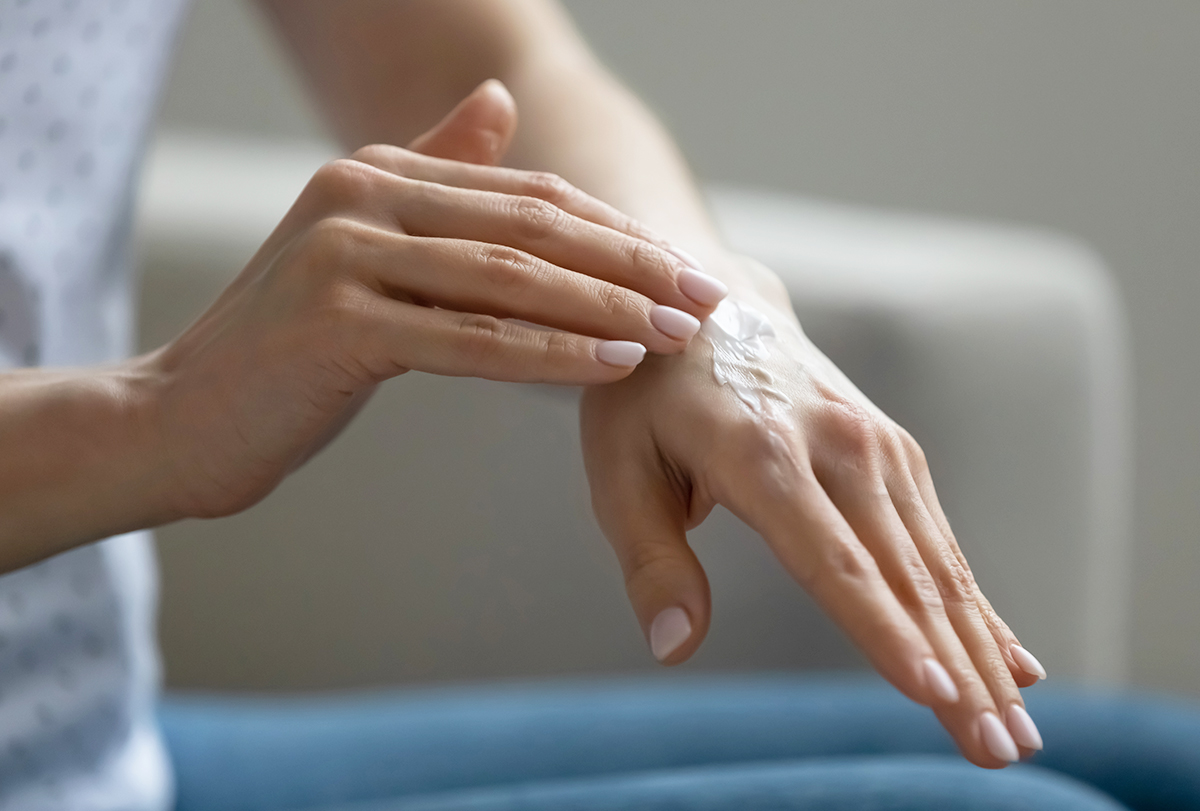
It is essential to take care of the condition in the beginning stages to prevent complications such as wounding and infections.
Home Remedies for Chafed Skin
The following topical home remedies can be helpful in the treatment of chafed skin.
Disclaimer: Since your facial skin is extremely thin and delicate, it can get easily irritated by any new topical ingredient. So, to avoid any adverse skin reactions such as burns and rashes, perform a patch test of the ingredients on the underside of your arm. If irritation occurs, avoid its use.
Needless to say, people who are allergic to any of the ingredients in the remedy should not use it. Those with sensitive skin are advised to take special precautions before trying out any topical remedy.
1. Try plant oils
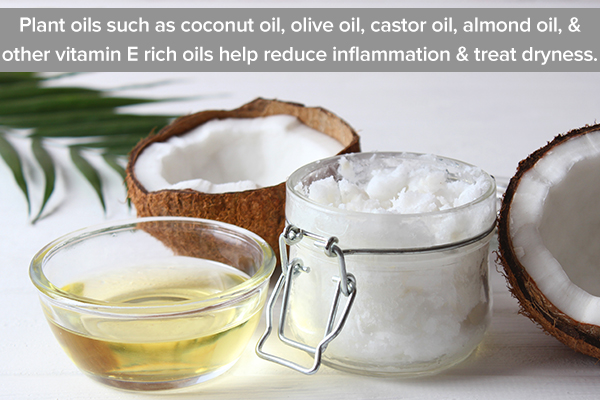
Plant oils such as coconut oil, (1) olive oil, (2) castor oil, (3) almond oil, (4) and other vitamin-E rich oils can help moisturize the skin. These oils also help reduce inflammation and treat dryness.
How to use:
Gently massage the affected area with any of these oils.
2. Apply aloe vera gel
Aloe vera contains anti-inflammatory, antibacterial, and soothing properties. It also binds moisture to the skin and helps strengthen the skin barrier. (5)
How to use:
Extract fresh aloe vera gel and apply it to the affected area. Rinse after 15–20 minutes. Alternatively, mix ¼ cup of aloe vera juice with 1 cup of green tea and lavender essential oil. Spray this mixture on the chafed skin two times a day. The polyphenols in green tea also help reduce itching.
3. Take an oatmeal bath
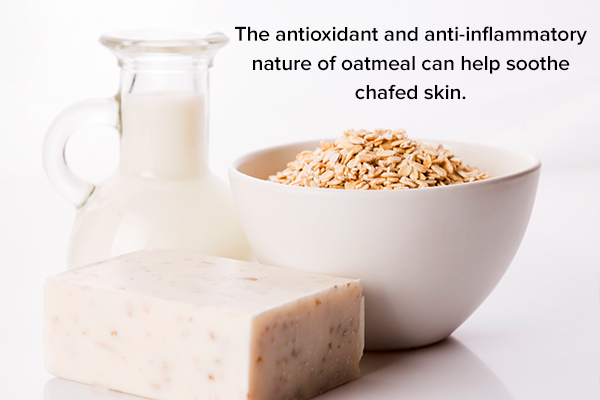
The antioxidant and anti-inflammatory nature of oatmeal can help soothe chafed skin. (6)
How to use:
- Add 2 cups of ground oatmeal in your bath water and soak in it for about 20 minutes.
- Mix ½ cup of ground oatmeal in 1 cup of milk and apply the paste to your skin. Rinse after 15–20 minutes.
4. Apply turmeric paste
Curcumin, the active compound of turmeric, has antiseptic and anti-inflammatory properties. (7) This can be helpful in controlling inflammation and infection.
How to use:
Mix turmeric powder in water to form a paste. Apply it to the affected area and clean after 15–20 minutes.
5. Use calendula essential oil

Calendula essential oil, popularly used for treating rashes and minor burns, has wound-healing and anti-inflammatory properties that can help improve the friction burns and stinging associated with chafed skin. (8)
How to use:
Dilute the essential oil with any plant oil, and apply the oil blend to the affected areas.
6. Apply petroleum jelly
Petroleum jelly is seen to help treat chafed skin. Moreover, it reduces friction between skin surfaces and is thus useful in preventing skin chafing. (9)
7. Consider natural fats
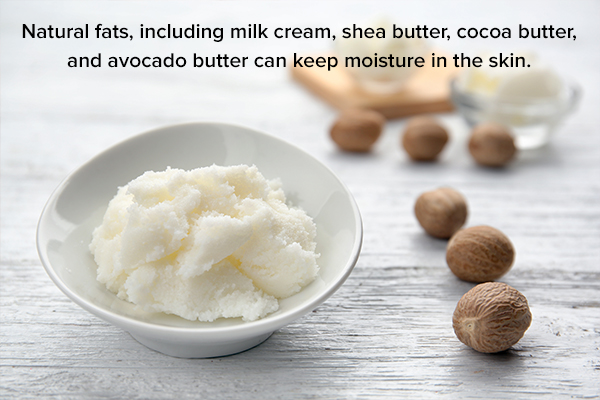
Natural fats, including milk cream, shea butter, cocoa butter, and avocado butter, can keep moisture in the skin. (10) The application of these natural butters is helpful in restoring the water content of dry skin, thus aiding recovery. Additionally, shea butter has anti-inflammatory properties. (11)
How to use:
Apply the natural fats or lotions containing them directly to your skin.
8. Try OTC antichafing ointments
Several OTC antichafing ointments that generally contain arnica gel, zinc oxide, silicone gel, beeswax, glycerin, or mineral oils are available commercially. You can also try using non-prescription-strength corticosteroid creams for the treatment of chafed skin.
Self-Care Measures for Chafed Skin
The following self-care measures can aid in the recovery of chafed skin:
1. Keep the area clean
Get rid of sweat around the chafed skin by washing the affected area with mild soaps or cleansers. Pat the skin dry using a clean towel.
You can also use antiseptic solutions or salt water to wash the skin, especially in the case of wounds. Avoid using solutions containing iodine or hydrogen peroxide as it can aggravate the condition.
2. Use powders
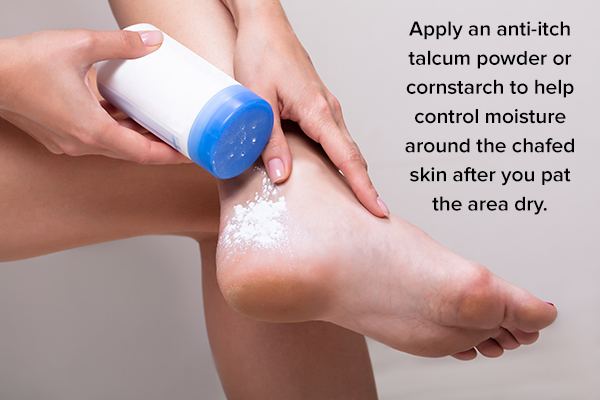
It is also recommended to apply an anti-itch talcum powder or cornstarch to help control moisture around the chafed skin after you pat the area dry.
3. Apply a lotion
Lotions containing calamine can help control itching and aid skin healing. You can also apply calamine lotion to reduce the itching and speed up the healing process.
4. Use a cold compress
Apply a cold compress on the chafed skin to help reduce itching, irritation, and redness. Make sure to wrap the cold compress with a towel before placing it on your skin to prevent frostnip.
5. Avoid hot showers
Taking long hot showers can dry out your skin and strip away moisture, further exacerbating the problem.
How to Prevent Skin Chafing
The following tips can help improve the majority of skin chafing cases:
1. Prefer natural fibers

Make sure to avoid tight clothing or low-quality clothes that are made of rough fibers. Instead, select natural fibers such as cotton, and wear seamless clothes.
However, while exercising, you must wear sweat-wicking, synthetic fibers and clothing such as compression shorts and shirts, spandex cycling shorts, and athletic tights.
2. Wear clean, dry clothes
Any chemicals, dirt, dried sweat, or other debris in clothes can irritate your skin. Always wear clean and dry clothes every day.
3. Use proper shoes
Always wear well-fitted boots and shoes, preferably those with neoprene insoles. You can also use gaiters to prevent the entry of gravel or sand into your shoes.
4. Select your socks wisely
Use moisture-absorbent socks. If you are performing vigorous sports, wear polyester socks and layer them with thicker wool or polypropylene socks. (9)
5. Reduce weight
Since obesity can increase the risk of skin chafing, try to attain a healthy weight if you are overweight. Modify your diet to avoid trans fat and refined sugars, and include fruits and vegetables in your meals.
6. Keep yourself hydrated
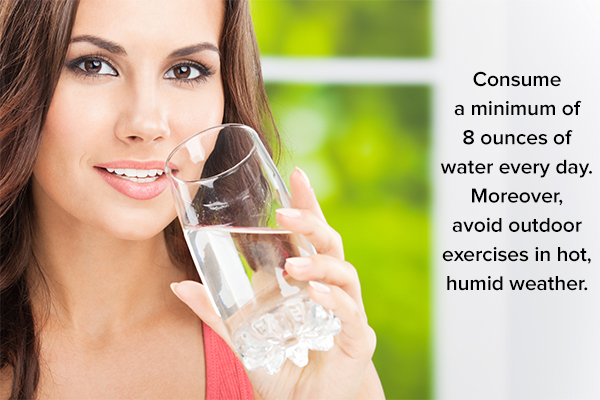
Consume a minimum of eight 8-ounce glasses of water every day. Moreover, avoid outdoor exercises in hot, humid weather.
7. Avoid tight diapers
Go up a size if the diaper feels tight. Avoid wrapping it tightly across the belly and change diapers frequently to avoid rashes.
8. Use nursing bras
Breastfeeding mothers can wear soft nursing bras and pads to prevent chafing of the nipples.
9. Try antiperspirants
Antiperspirant rollers or deodorants can be helpful in controlling excessive sweating.
10. Use bandages
Wrap the skin areas prone to chaffing with soft bandages when performing endurance exercises.
Final Word
Chafing is a common problem that often resolves on its own. However, you can consider the above-mentioned at-home treatments and self-care measures to speed healing and recovery and to prevent complications.
It is fairly easy to avoid skin chafing by taking preventive measures such as keeping the skin dry and wearing comfortable clothing. However, if you develop severe symptoms, such as blistering or infection, you must contact a doctor.

- Was this article helpful?
- YES, THANKS!NOT REALLY


